
Football captivates millions of people worldwide. What often appears at first glance to be pure talent and passion actually calls for structured planning and focused training. Whether you aim to enhance your performance as a player or lead a team to new heights as a coach, the right exercises and concepts form the foundation for success.
Yet many people ask themselves: How do you become a football coach? And what requirements do you need to fulfil to become a football coach? There really are a few steps needed to get started as a football coach. In this article, we not only explain how to become a football coach, but also shed light on the most important training areas in football—from intensive defence drills, precise passing drills, and varied goal-kicking exercises to the strategic significance of Zone 14.
You’ll also learn, what it takes to start a career as a football coach —from the essential coaching licences and qualifications to the right equipment. Ultimately, you might be wondering: What are the requirements to work in football as a coach? what do you need for a future as a football coach? The answers to these questions are diverse, covering both professional and personal aspects.
Tip: If you want to deepen your knowledge even further, you can find plenty of additional information and drills about football coaching here.!
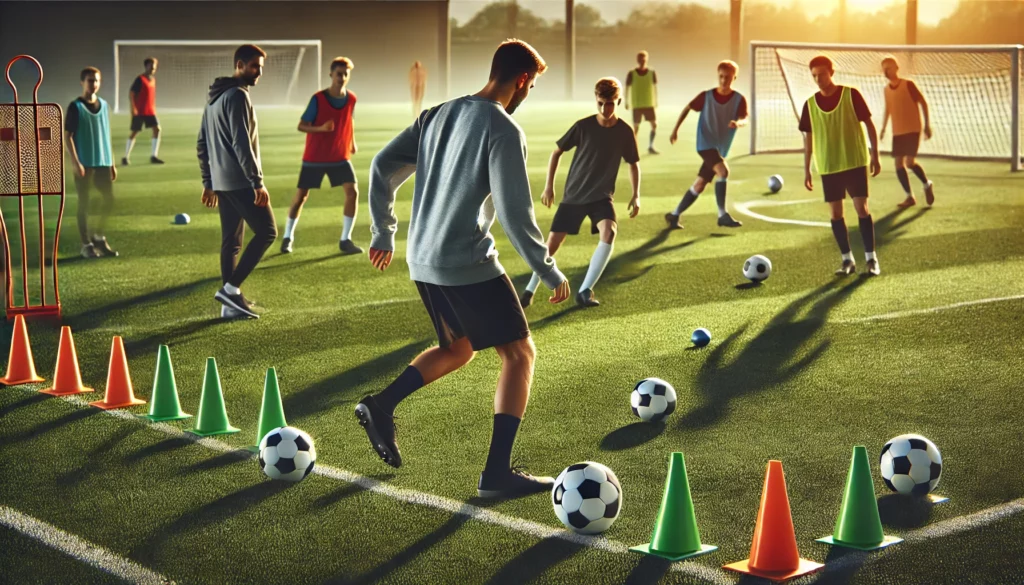
“Offence wins games, defence wins championships”—this quote hits the nail on the head. Successful teams often boast a stable defense that not only concedes few goals but also lays the groundwork for controlled build-up play. Strong defensive organisation can dominate a match and give the offence the security it needs to create dynamic attacks.
Especially if you’re thinking about becoming a football coach, you’ll quickly realise that defensive work must be a key element of every training plan. What qualifications are needed to become a football coach? Among them is the ability to teach complex defensive tactics and help your players understand the critical role of a cohesive defensive unit.
1-on-1 Duels
Zone Defense
Pressing Exercises
Positional Play in a Back Four
Want more inspiration for your defense training? Discover additional drills and training plans here.!
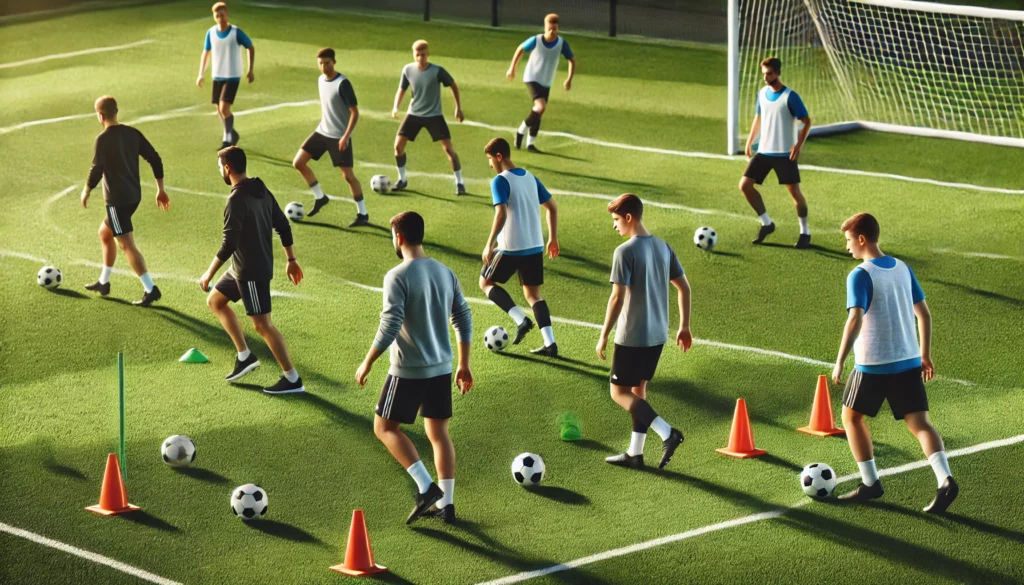
A precise and flexible build-up play relies heavily on accurate passing. Good passes not only secure ball possession but also lay the foundation for dangerous attacks. A team that can move the ball reliably among its players controls both the tempo and overall flow of the match.
If you’re wondering what steps are required to become a football coach, remember that teaching proper passing techniques is vital. A solid passing game is the basis for any tactical system and plays an integral role in every coaching education programme.
Rondo (Circle or Square Passing Game)
Short Passing in Tight Spaces
Long-Pass Exercises
One-Touch Passing
Check out our collection of training ideas for even more drills and tips to fine-tune your technical abilities. Have a look here. here!
Goals decide matches—so shooting practice should be a staple of every training session. It’s not just about powerbut also about accuracy, timing and confident ball handling before the shot.
If you’re considering what you need for a future as a football coach, you’ll quickly see that understanding various goal-scoring methods is key. Only then can you properly instruct your players and help them reach their offensive potential.
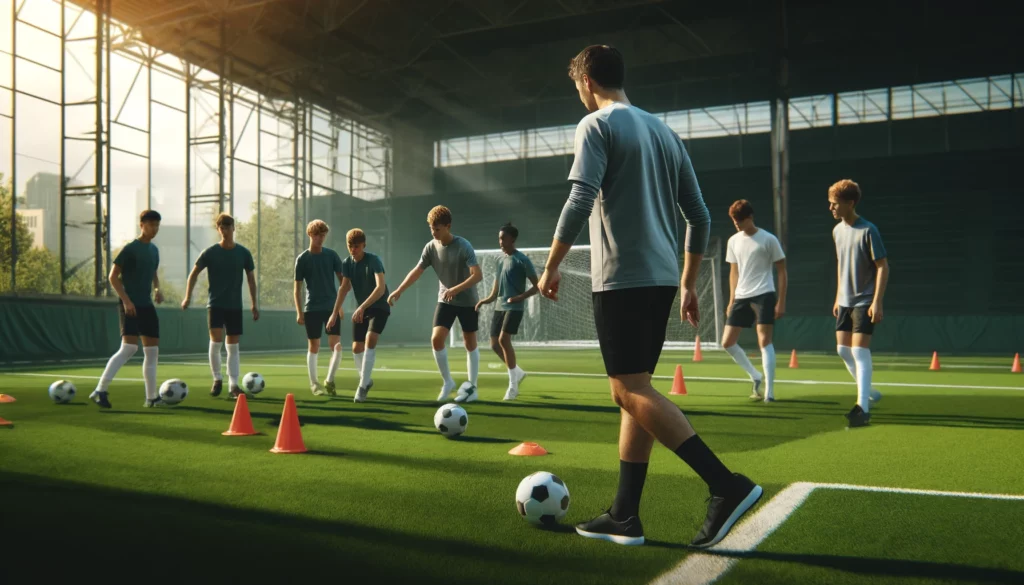
Finishing After a Combination
Crosses and Headers
Position-Specific Shooting Drills
Shooting Under Defensive Pressure
Want to learn more? We offer comprehensive articles with additional drills and methods—find everything here.!
Anyone who’s observed football at the highest levels knows it’s often the —beyond fitness and tactics—technical subtletiesthat truly stand out. Close ball control, rapid changes of direction, and pinpoint passes grant you multiple avenues to outwit opponents.
If you’re thinking about what it takes to start a career as a football coach, guiding your players in both basic and advanced techniques is vital. A team’s success hinges on solid individual skills just as much as on collective play.
Dribbling Course
Tricks & Feints
Ball Control Under Time Pressure
Coordination ladder
Tip: For more detailed guidelines on extracting maximum technical potential from your players, take a look here.!
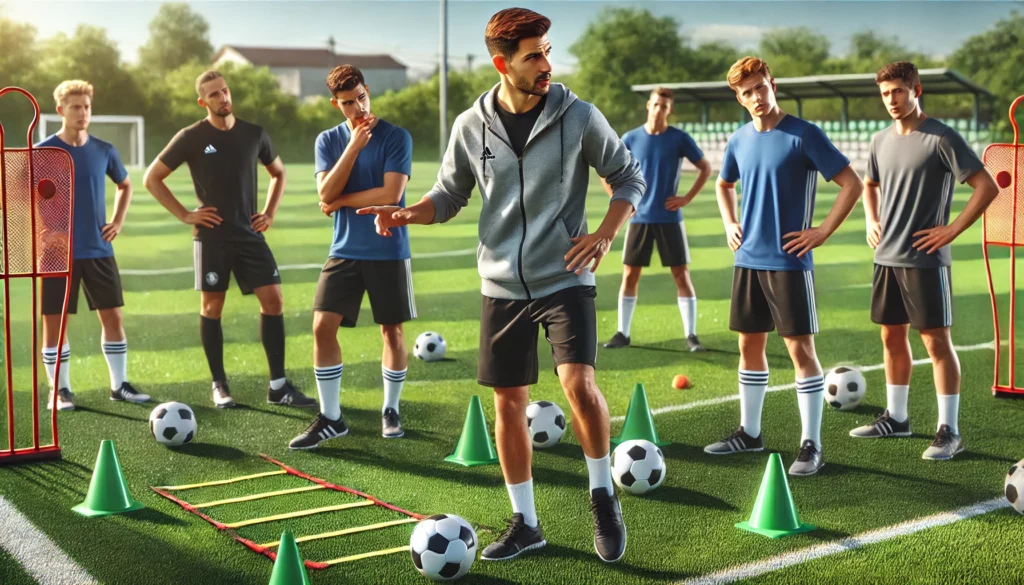
The Zone 14 refers to the area just in front of the opponent’s penalty box. Statistics show that this zone generates a large portion of match-winning opportunities. Dominating Zone 14 can dramatically boost your team’s chance of creating and converting scoring chances.
Tip: Learn how to effectively move into Zone 14 and create dangerous shots on goal here! here.!
Gaining control in Zone 14 can significantly influence a match’s outcome. Targeted exercises train your players’ combination play and decision-making skills in this crucial sector.
Tight Passing in a Square
Counter-Pressing in Zone 14
Shots from the Second Row
Vertical Passing
TipFor further ideas on Zone 14 drills, check out our resources here.!
A great coach needs more than practical football knowledge. Methodology, pedagogy and team leadership skills are pivotal for guiding a group to success. If you’re asking yourself how to become a football coach, you should start here: a structured Football Coach education gives you the expertise to unlock your players’ full potential.
You might also be wondering: What are the requirements to work in football as a coach? Besides practical experience, having an officially recognised licence is typically crucial, as clubs often look for certified coaches who bring a professional standard.
Tip: Find out how to enrol in a coaching programme and everything else you need to know here! here.!
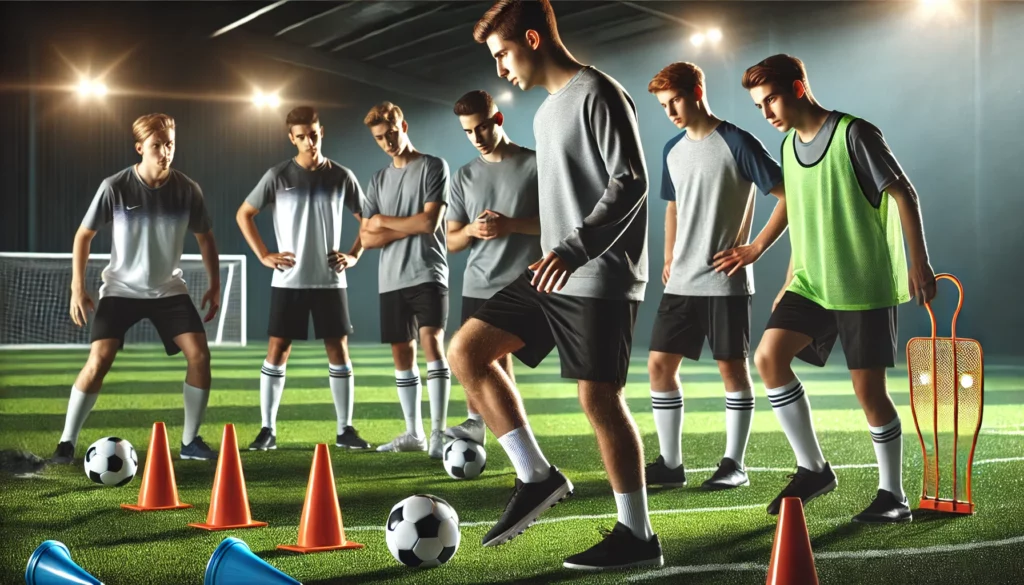
Most football associations offer different licence tiers, each stipulating who can coach at which level and under what requirements. If you’re looking to get started as a football coach, understanding the licensing framework is essential:
Thus, anyone asking how to become a football coach and how to get a football coaching career and what qualifications are required to become a football coachshould delve deeply into these licence pathways.
Tip: For details on the costs and benefits of these licences, click here.!
Whether at amateur or professional level, football equipment is crucial for safety, comfort, and performance. While the ball may be central, many other essentials come into play.
If you explore in depth what you need for a future as a football coach , you’ll quickly discover that having reliable equipment is often overlooked but absolutely vital. It can make structuring and running your sessions far more efficient.
TipSearching for extra training gadgets or more info? You’ll find it here. fündig!
If you’re intrigued by modern training approaches and the success stories in professional football, check out these two articles:
Both pieces offer valuable insights into structuring your sessions more strategically and expanding your coaching perspectives—from targeted player development to evolving your own coaching identity.
Whether you’re an aspiring player looking to refine your skills or a coach aiming to master fresh tactics, football coaching is a multifaceted realm where countless factors interconnect. This article has highlighted key points that you should tackle if you’re wondering becoming a football coach.
For more specifics, curated training plans, and further instructional material, head over to Zone14.ai/blog/tag/training. You’ll discover a range of ideas to keep your training engaging and effective.
Always remember that beyond pure football expertise, passion,, discipline, and a willingness to keep learning are the driving forces behind successful coaching. Embrace these principles, and you’ll be well on your way to achieving your goal— what it takes to make it as a football coach Best of luck in putting this knowledge into practice and pursuing your future coaching career!